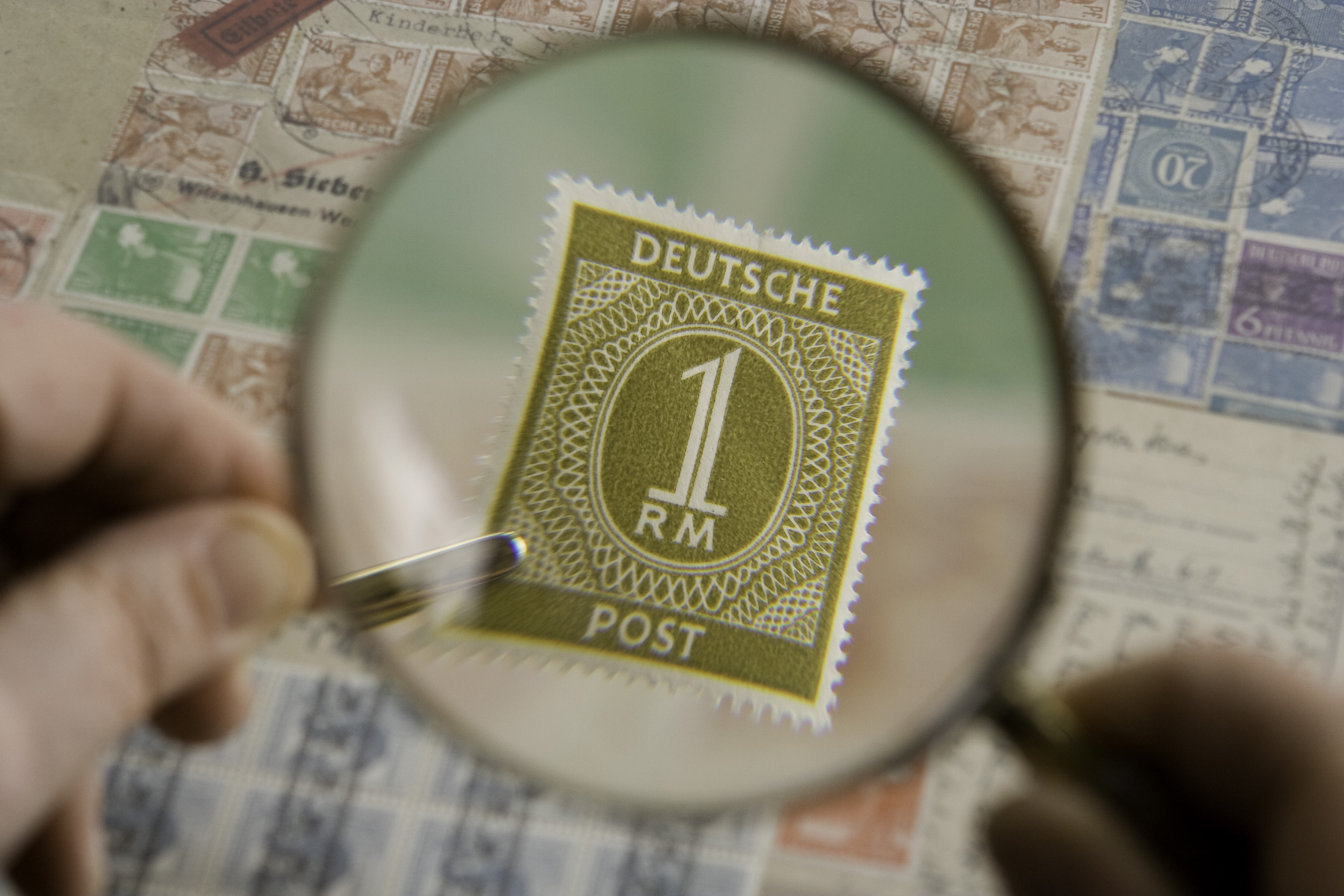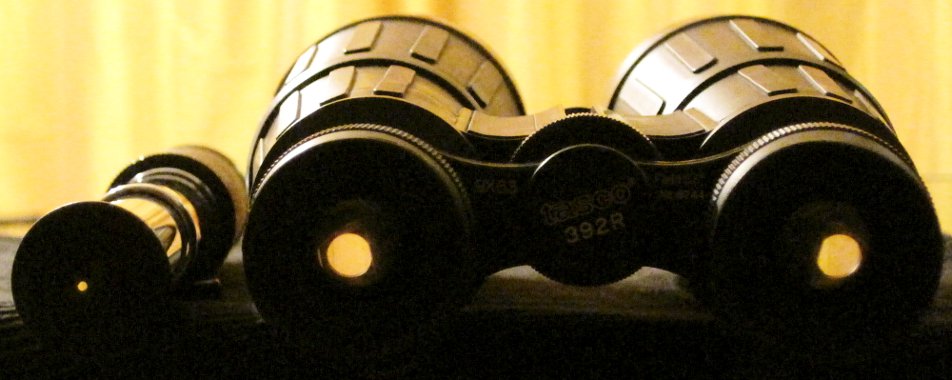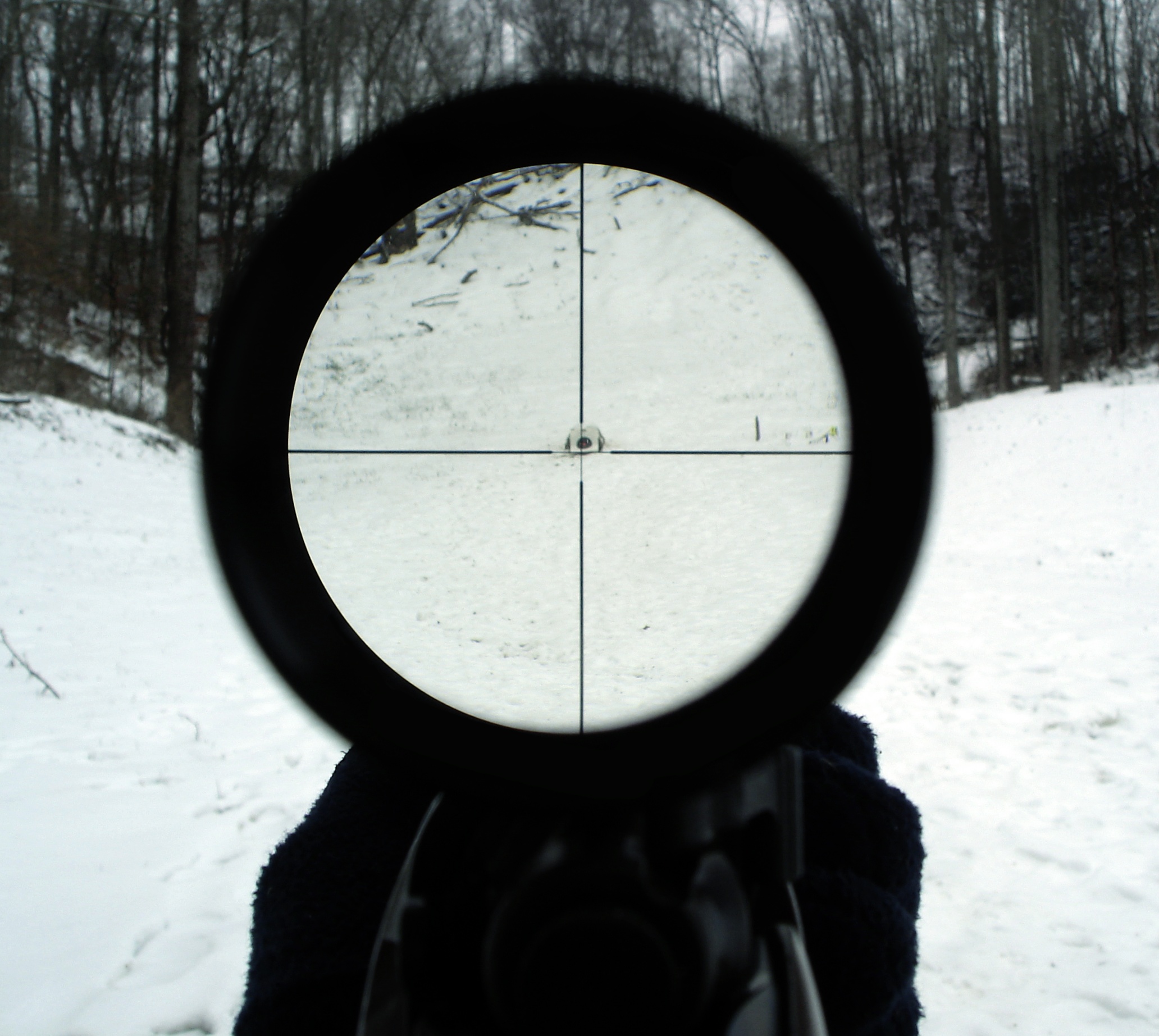|
Exit Pupil
In optics, the exit pupil is a virtual aperture in an optical system. Only ray (optics), rays which pass through this virtual aperture can exit the system. The exit pupil is the image of the aperture stop in the optics that follow it. In a optical telescope, telescope or compound microscope, this image is the image of the Objective (optics), objective element(s) as produced by the eyepiece. The size and shape of this disc is crucial to the instrument's performance, because the observer's eye can see light only if it passes through the aperture. The term ''exit pupil'' is also sometimes used to refer to the diameter of the virtual aperture. Older literature on optics sometimes refers to the exit pupil as the ''Ramsden disc'', named after English instrument-maker Jesse Ramsden. Visual instruments To use an optical instrument, the entrance pupil of the viewer's eye (the image of the pupil, anatomical pupil as seen through the cornea) must be aligned with and be of similar size to ... [...More Info...] [...Related Items...] OR: [Wikipedia] [Google] [Baidu] |
Entrance Pupil
In an optical system, the entrance pupil is the optical image of the physical aperture stop, as 'seen' through the optical elements in front of the stop. The corresponding image of the aperture stop as seen through the optical elements behind it is called the ''exit pupil''. The entrance pupil defines the cone of rays that can enter and pass through the optical system. Rays that fall outside of the entrance pupil will not pass through the system. If there is no lens in front of the aperture (as in a pinhole camera), the entrance pupil's location and size are identical to those of the aperture. Optical elements in front of the aperture will produce a magnified or diminished image of the aperture that is displaced from the aperture location. The entrance pupil is usually a virtual image: it lies behind the first optical surface of the system. The entrance pupil is a useful concept for determining the size of the cone of rays that an optical system will accept. Once the size ... [...More Info...] [...Related Items...] OR: [Wikipedia] [Google] [Baidu] |
Exit Pupil, 2024-10-03
Exit(s) may refer to: Architecture and engineering * Door * Portal (architecture), an opening in the walls of a structure * Emergency exit * Overwing exit, a type of emergency exit on an airplane * Exit ramp, a feature of a road interchange Art and entertainment Comics and magazines * ''Exit'' (comics), a French comic by Bernard Werber and Alain Mounier * ''Exit'' (magazine), a British photography magazine Film * ''Exit'' (1986 film), a Canadian film directed by Robert Ménard * ''Exit'' (1996 film), an American film with a screenplay by Joe Augustyn * ''Exit'' (''Nöd ut''), a 1996 Swedish short film starring Geir Hansteen Jörgensen * ''Exit'' (2000 film), a French film directed by Olivier Megaton * ''Exit'' (2006 film), a Swedish film starring Maria Langhammer * '' Exit: una storia personale'', a 2010 Italian film by Massimiliano Amato * ''Exit'' (2011 film), an Australian-Canadian film directed by Marek Polgar * ''Exit'' (2019 film), a South Korean action disaster fi ... [...More Info...] [...Related Items...] OR: [Wikipedia] [Google] [Baidu] |
Vignetting
In photography and optics, vignetting ( ) is a reduction of an image's brightness or saturation toward the periphery compared to the image center. The word '' vignette'', from the same root as ''vine'', originally referred to a decorative border in a book. Later, the word came to be used for a photographic portrait that is clear at the center and fades off toward the edges. A similar effect is visible in photographs of projected images or videos off a projection screen, resulting in a so-called "hotspot" effect. Vignetting is often an unintended and undesired effect caused by camera settings or lens limitations. However, it is sometimes deliberately introduced for creative effect, such as to draw attention to the center of the frame. A photographer may deliberately choose a lens that is known to produce vignetting to obtain the effect, or it may be introduced with the use of special filters or post-processing procedures. When using zoom lenses, vignetting may occur ... [...More Info...] [...Related Items...] OR: [Wikipedia] [Google] [Baidu] |
Magnification
Magnification is the process of enlarging the apparent size, not physical size, of something. This enlargement is quantified by a size ratio called optical magnification. When this number is less than one, it refers to a reduction in size, sometimes called ''de-magnification''. Typically, magnification is related to scaling up visuals or images to be able to see more detail, increasing resolution, using microscope, printing techniques, or digital processing. In all cases, the magnification of the image does not change the perspective of the image. Examples of magnification Some optical instruments provide visual aid by magnifying small or distant subjects. * A magnifying glass, which uses a positive (convex) lens to make things look bigger by allowing the user to hold them closer to their eye. * A telescope, which uses its large objective lens or primary mirror to create an image of a distant object and then allows the user to examine the image closely with a smaller ... [...More Info...] [...Related Items...] OR: [Wikipedia] [Google] [Baidu] |
Objective Lens
In optical engineering, an objective is an optical element that gathers light from an object being observed and focuses the light rays from it to produce a real image of the object. Objectives can be a single lens or mirror, or combinations of several optical elements. They are used in microscopes, binoculars, telescopes, cameras, slide projectors, CD players and many other optical instruments. Objectives are also called object lenses, object glasses, or objective glasses. Microscope objectives The objective lens of a microscope is the one at the bottom near the sample. At its simplest, it is a very high-powered magnifying glass, with very short focal length. This is brought very close to the specimen being examined so that the light from the specimen comes to a focus inside the microscope tube. The objective itself is usually a cylinder containing one or more lenses that are typically made of glass; its function is to collect light from the sample. Magnification One of the ... [...More Info...] [...Related Items...] OR: [Wikipedia] [Google] [Baidu] |
Exit Pupil
In optics, the exit pupil is a virtual aperture in an optical system. Only ray (optics), rays which pass through this virtual aperture can exit the system. The exit pupil is the image of the aperture stop in the optics that follow it. In a optical telescope, telescope or compound microscope, this image is the image of the Objective (optics), objective element(s) as produced by the eyepiece. The size and shape of this disc is crucial to the instrument's performance, because the observer's eye can see light only if it passes through the aperture. The term ''exit pupil'' is also sometimes used to refer to the diameter of the virtual aperture. Older literature on optics sometimes refers to the exit pupil as the ''Ramsden disc'', named after English instrument-maker Jesse Ramsden. Visual instruments To use an optical instrument, the entrance pupil of the viewer's eye (the image of the pupil, anatomical pupil as seen through the cornea) must be aligned with and be of similar size to ... [...More Info...] [...Related Items...] OR: [Wikipedia] [Google] [Baidu] |
F-number
An f-number is a measure of the light-gathering ability of an optical system such as a camera lens. It is calculated by dividing the system's focal length by the diameter of the entrance pupil ("clear aperture").Smith, Warren ''Modern Optical Engineering'', 4th Ed., 2007 McGraw-Hill Professional, p. 183. The f-number is also known as the focal ratio, f-ratio, or f-stop, and it is key in determining the depth of field, diffraction, and Exposure (photography), exposure of a photograph. The f-number is dimensionless number, dimensionless and is usually expressed using a lower-case Ƒ, hooked f with the format ''N'', where ''N'' is the f-number. The f-number is also known as the inverse relative aperture, because it is the Multiplicative inverse, inverse of the relative aperture, defined as the aperture diameter divided by focal length. The relative aperture indicates how much light can pass through the lens at a given focal length. A lower f-number means a larger relative apertur ... [...More Info...] [...Related Items...] OR: [Wikipedia] [Google] [Baidu] |
Focal Length
The focal length of an Optics, optical system is a measure of how strongly the system converges or diverges light; it is the Multiplicative inverse, inverse of the system's optical power. A positive focal length indicates that a system Convergence (optics), converges light, while a negative focal length indicates that the system Divergence (optics), diverges light. A system with a shorter focal length bends the Ray (optics), rays more sharply, bringing them to a focus in a shorter distance or diverging them more quickly. For the special case of a thin lens in air, a positive focal length is the distance over which initially Collimated beam, collimated (parallel) rays are brought to a Focus (optics), focus, or alternatively a negative focal length indicates how far in front of the lens a point source must be located to form a collimated beam. For more general optical systems, the focal length has no intuitive meaning; it is simply the inverse of the system's optical power. In mos ... [...More Info...] [...Related Items...] OR: [Wikipedia] [Google] [Baidu] |
Hourglass
An hourglass (or sandglass, sand timer, or sand clock) is a device used to measure the passage of time. It comprises two glass bulbs connected vertically by a narrow neck that allows a regulated flow of a substance (historically sand) from the upper bulb to the lower one due to gravity. Typically, the upper and lower bulbs are symmetric as they are usually manufactured by pinching a tube. The specific duration of time a given hourglass measures is determined by factors including the quantity and coarseness of the particulate matter and the neck width. Depictions of an hourglass as a symbol of the passage of time are found in art, especially on tombstones or other monuments, from antiquity to the present day. The form of a winged hourglass has been used as a literal depiction of the Latin phrase ("time flies"). History Antiquity The origin of the hourglass is unclear. Its predecessor the ''clepsydra'', or water clock, is known to have existed in Babylon and Egypt as early ... [...More Info...] [...Related Items...] OR: [Wikipedia] [Google] [Baidu] |
Rifle Scope
A telescopic sight, commonly called a scope informally, is an optical instrument, optical sight (device), sighting device based on a refracting telescope. It is equipped with some form of a frame of reference, referencing pattern – known as a ''reticle'' – mounted in a focally appropriate position in its optical system to provide an accurate point of aim. Telescopic sights are used with all types of systems that require magnification in addition to reliable visual aiming, as opposed to non-magnifying iron sights, reflector sight, reflector (reflex) sights, holographic sights or laser sights, and are most commonly found on long gun, long-barrel firearms, particularly rifles, usually via a scope mount. Similar devices are also found on other platforms such as artillery, tanks and even aircraft. The optical components may be combined with optoelectronics to add night vision device, night vision or smart device features. History The first experiments directed to give shoot ... [...More Info...] [...Related Items...] OR: [Wikipedia] [Google] [Baidu] |
Retina
The retina (; or retinas) is the innermost, photosensitivity, light-sensitive layer of tissue (biology), tissue of the eye of most vertebrates and some Mollusca, molluscs. The optics of the eye create a focus (optics), focused two-dimensional image of the visual world on the retina, which then processes that image within the retina and sends nerve impulses along the optic nerve to the visual cortex to create visual perception. The retina serves a function which is in many ways analogous to that of the photographic film, film or image sensor in a camera. The neural retina consists of several layers of neurons interconnected by Chemical synapse, synapses and is supported by an outer layer of pigmented epithelial cells. The primary light-sensing cells in the retina are the photoreceptor cells, which are of two types: rod cell, rods and cone cell, cones. Rods function mainly in dim light and provide monochromatic vision. Cones function in well-lit conditions and are responsible fo ... [...More Info...] [...Related Items...] OR: [Wikipedia] [Google] [Baidu] |





